
How to Use AI to Boost Productivity in Remote Teams Without Micromanaging
Remote work has opened up new opportunities for Gulf-region companies, but it has also brought a persistent challenge: how do you boost productivity without sliding into micromanagement? For HR leaders, founders, and operations managers in the GCC, this balance is critical.
Enter AI-powered productivity tools. When used thoughtfully, AI can automate repetitive tasks, provide actionable insights, and help teams focus on what matters most without creating a culture of surveillance. The key lies in how you implement it.
In this guide, we’ll walk through five practical ways to harness AI to enhance productivity for remote teams while keeping trust and transparency at the core.
Step 1: Automate the Repetitive, Not the Creative
The fastest way to build resentment in remote teams is to over-automate the wrong things. Creativity, innovation, and decision-making should remain in human hands. But repetitive administrative work? That’s where AI shines.
Think of the daily distractions that eat into productivity: manually logging time, scheduling meetings, compiling reports, or tracking project updates. AI can take those tasks off employees’ plates.
For example, an AI-powered time tracking system can capture online and offline activity automatically. A smart scheduling assistant can align meeting times across the UAE, Saudi Arabia, and beyond. AI-driven reporting can turn raw data into actionable summaries within seconds.
The result: employees reclaim hours each week to focus on creative, high-value work.
Step 2: Use AI Dashboards to Guide, Not Judge
One of the biggest risks with AI tools is how data is used. If dashboards are treated as “report cards,” employees quickly feel monitored rather than supported.
The better approach is to frame AI insights as a coaching tool. For example, dashboards that highlight excessive context switching aren’t about penalizing someone they’re a signal that workflows may need simplifying. Idle-time alerts shouldn’t trigger punishment but rather start a conversation about workload balance or unclear priorities.
In the Gulf, where hybrid work is still maturing, this distinction is especially important. Remote teams thrive when data guides leaders to better decisions, not when it’s used to police employees.
Step 3: Set Clear Productivity Metrics Aligned With Goals
Measuring productivity by hours alone is outdated. Remote and hybrid teams need smarter metrics that align with business outcomes. This is where AI helps most.
Instead of tracking “time online,” AI-powered tools can connect time usage to outcomes like completed tasks, sprint velocity, or project milestones. This shifts the focus from presence to performance.
For example, an operations manager in Riyadh can see not just how many hours developers logged, but how those hours contributed to completing critical Jira tickets. A founder in Dubai can track marketing output against campaign goals, not just keyboard activity.
AI ensures that metrics reflect impact, not micromanagement.
Step 4: Keep Transparency at the Core
Trust is fragile in remote teams, and nothing erodes it faster than “hidden” monitoring. Employees need to know what AI tracks, why, and who has access to that data.
Transparency is especially crucial in the GCC, where regional data protection laws like Saudi Arabia’s PDPL and the UAE’s DIFC Data Protection Law are tightening. Companies must not only comply legally but also demonstrate ethical practices.
Best practices include:
- Role-based permissions, so managers see only relevant insights.
- Optional screenshots, used only when necessary for accountability.
- Clear policies explaining how AI data is stored, used, and protected.
When teams understand that AI is there to help them succeed, not to spy, their adoption becomes much smoother.
Step 5: Continuously Adapt Based on Feedback
AI should evolve with your team, not the other way around. What works for one group of engineers in Doha may not work for a marketing team in Dubai.
Leaders should establish a feedback loop where employees can share what’s useful, what feels intrusive, and what features should be refined. AI systems are flexible, and with continuous adjustment, they can become tailored co-pilots for productivity.
Encouraging this feedback culture signals respect for employee voices. It turns AI into a partnership, not an imposition.
How ClockBoost Supports AI-Powered Productivity Without Micromanagement
ClockBoost was built with these principles in mind. For Gulf-region hybrid and remote teams, it provides:
- Automatic activity tracking online and offline, eliminating manual timesheets.
- Smart dashboards that reveal patterns in productivity without focusing on surveillance.
- Idle-time detection to spot potential burnout or inefficiency early.
- Integrations with tools like Jira, Trello, GitHub, and Google Workspace to connect time data with real outcomes.
- Privacy-first compliance with regional data laws, offering role-based access and optional screenshots.
With ClockBoost, leaders don’t have to choose between insight and trust they get both.
Conclusion
AI-powered productivity is not about replacing people or watching them more closely. It’s about freeing teams from repetitive tasks, surfacing actionable insights, and creating smarter workflows.
For Gulf remote teams, the opportunity is clear: use AI to guide, not control; to empower, not surveil. With the right implementation, AI becomes a trusted co-pilot that helps distributed teams work more effectively, sustainably, and fairly.
ClockBoost makes this vision a reality, offering Gulf-region teams the insights they need while respecting the privacy and autonomy employees deserve.
The future of productivity isn’t about more oversight it’s about smarter collaboration. And AI is the key to getting there.




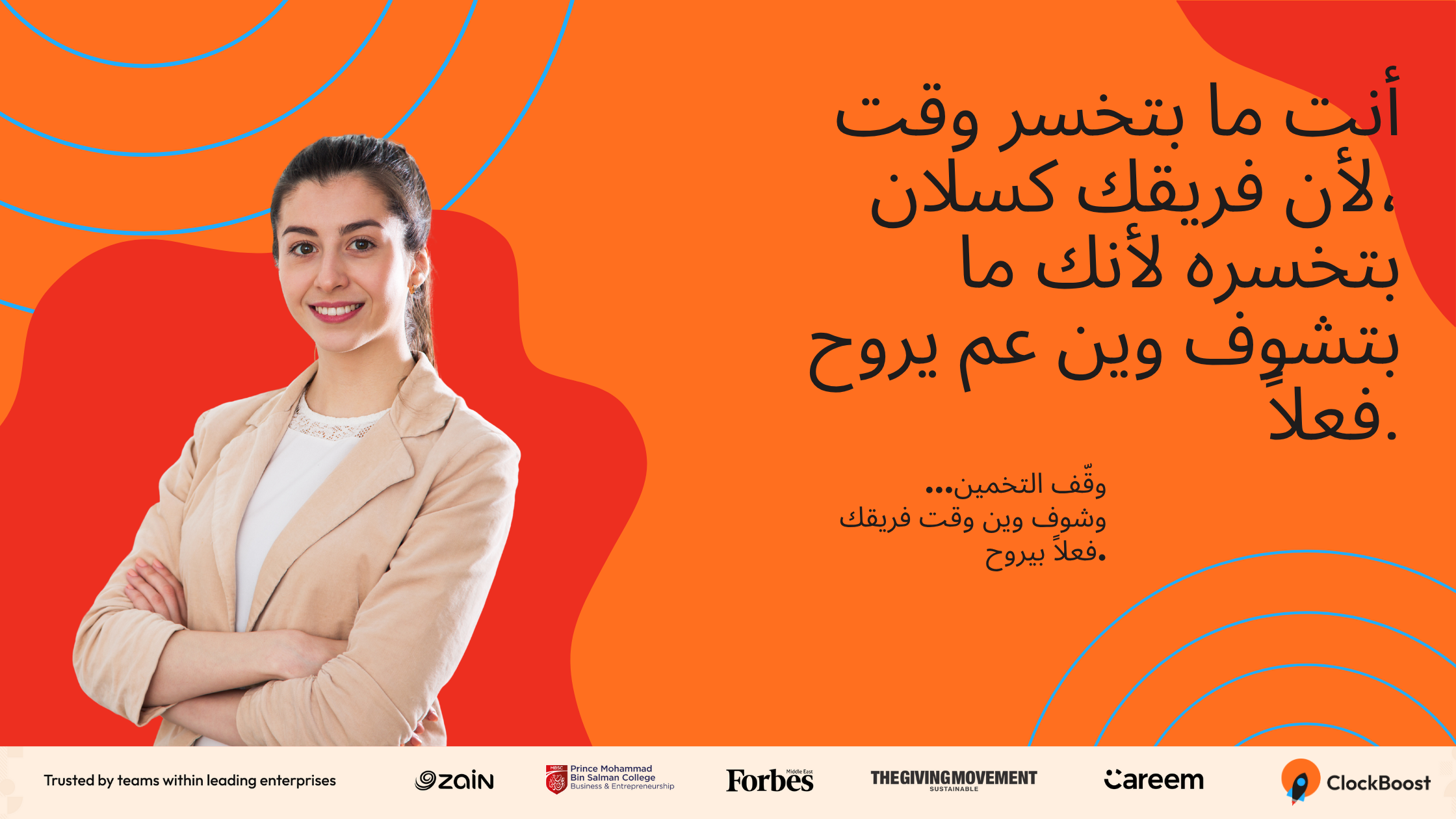
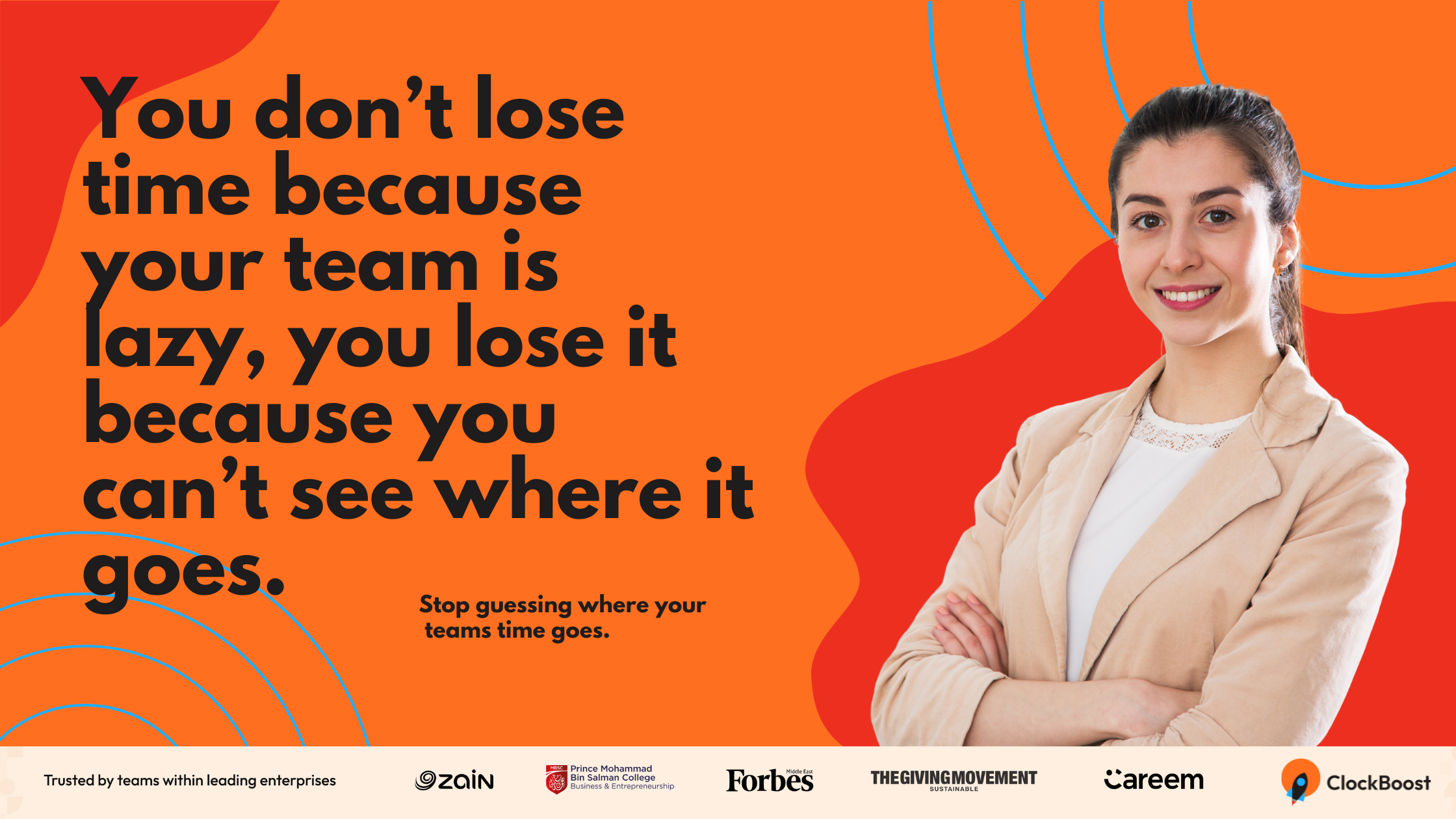
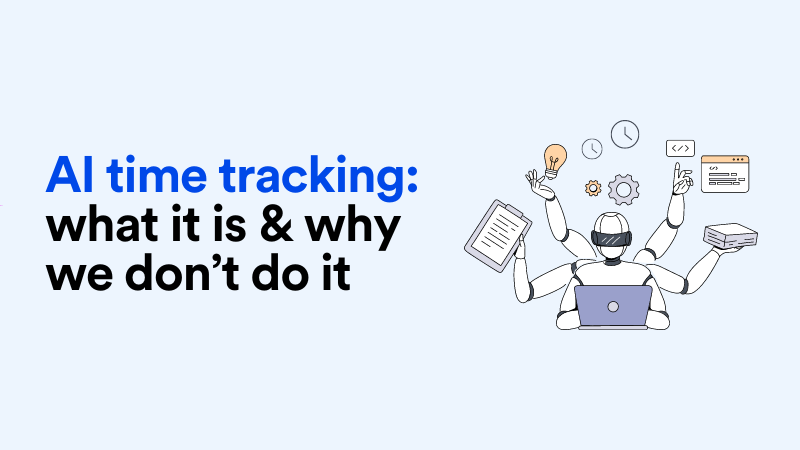


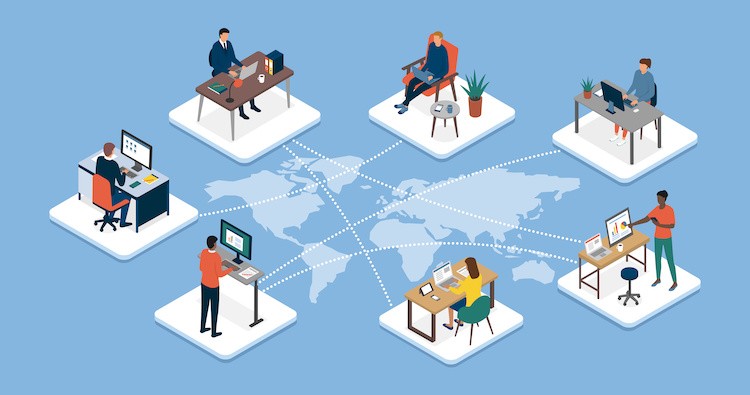
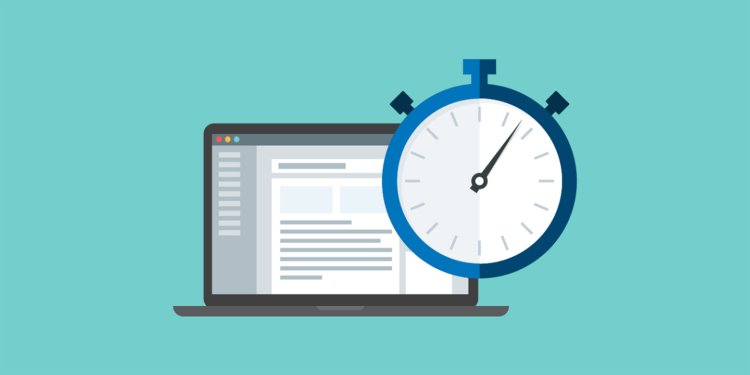



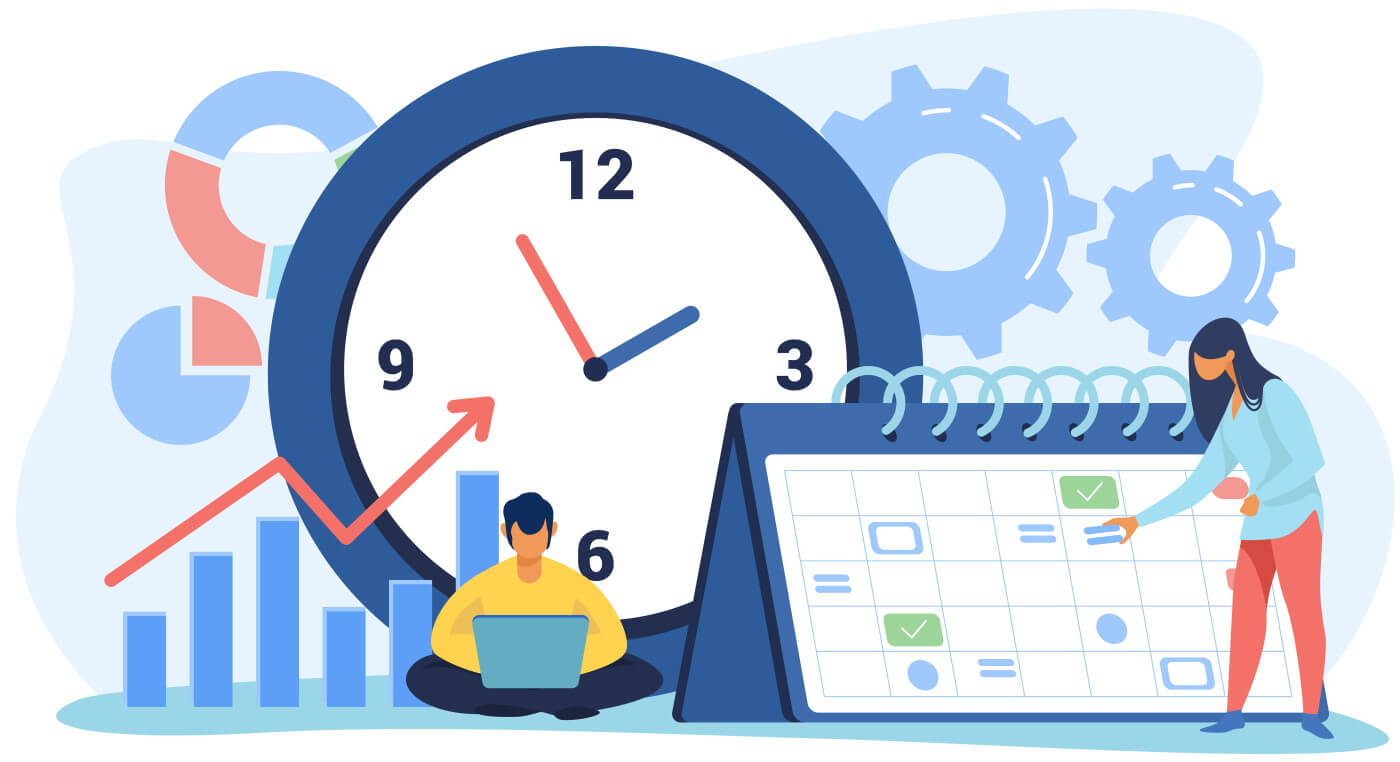

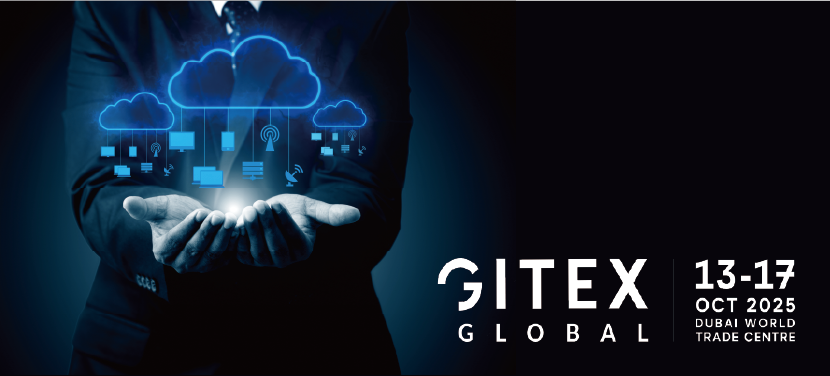





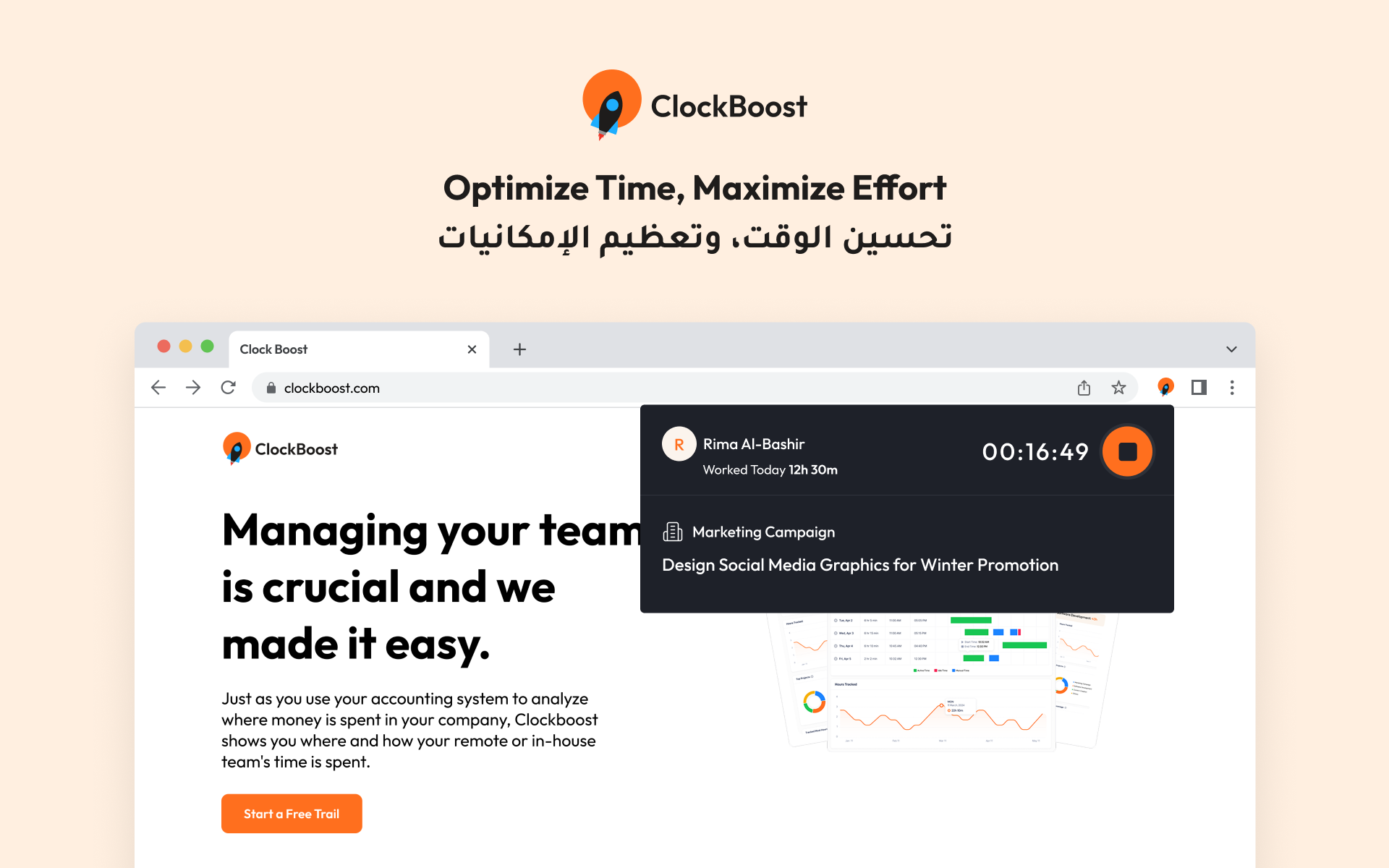






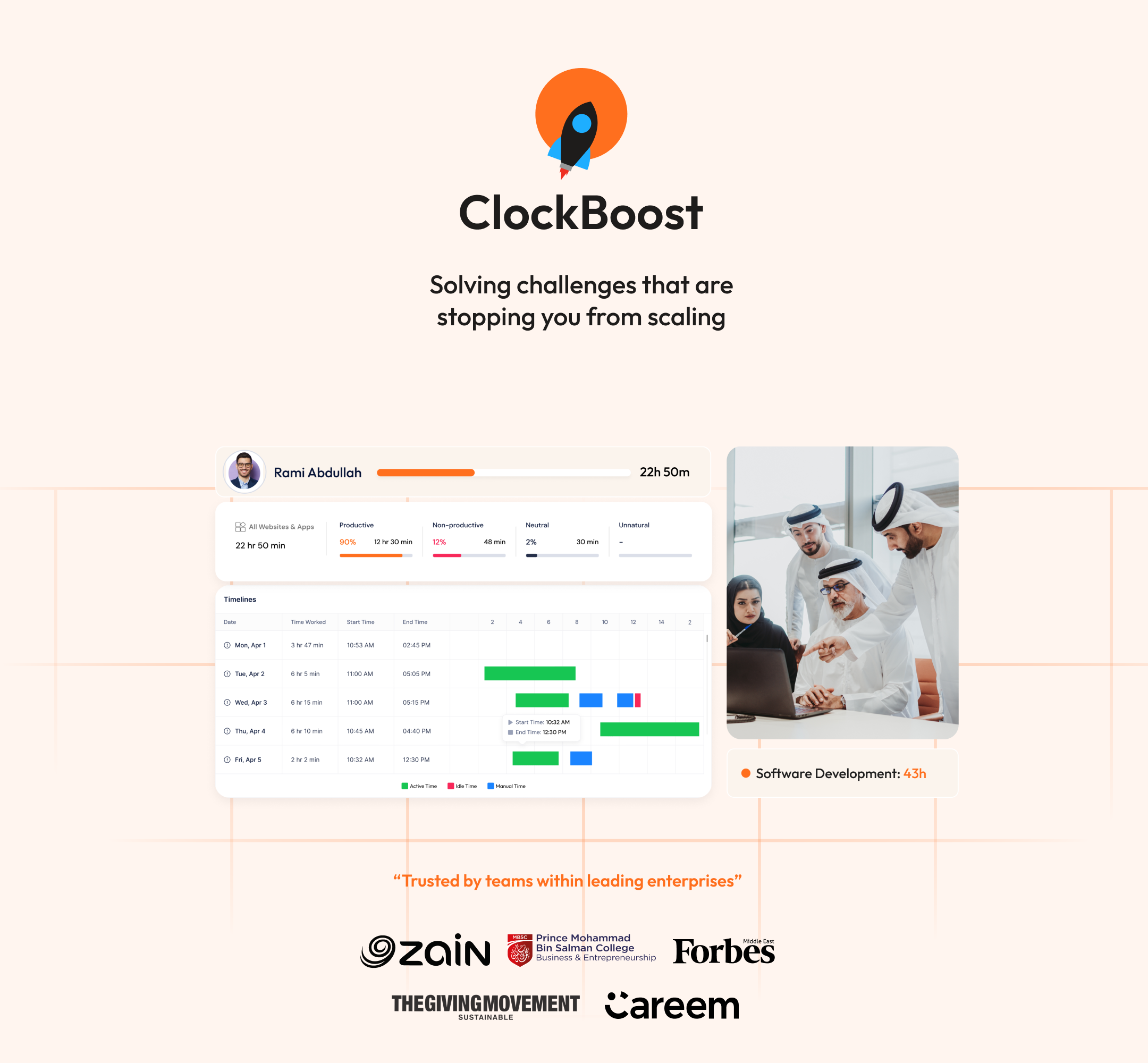

.png)

